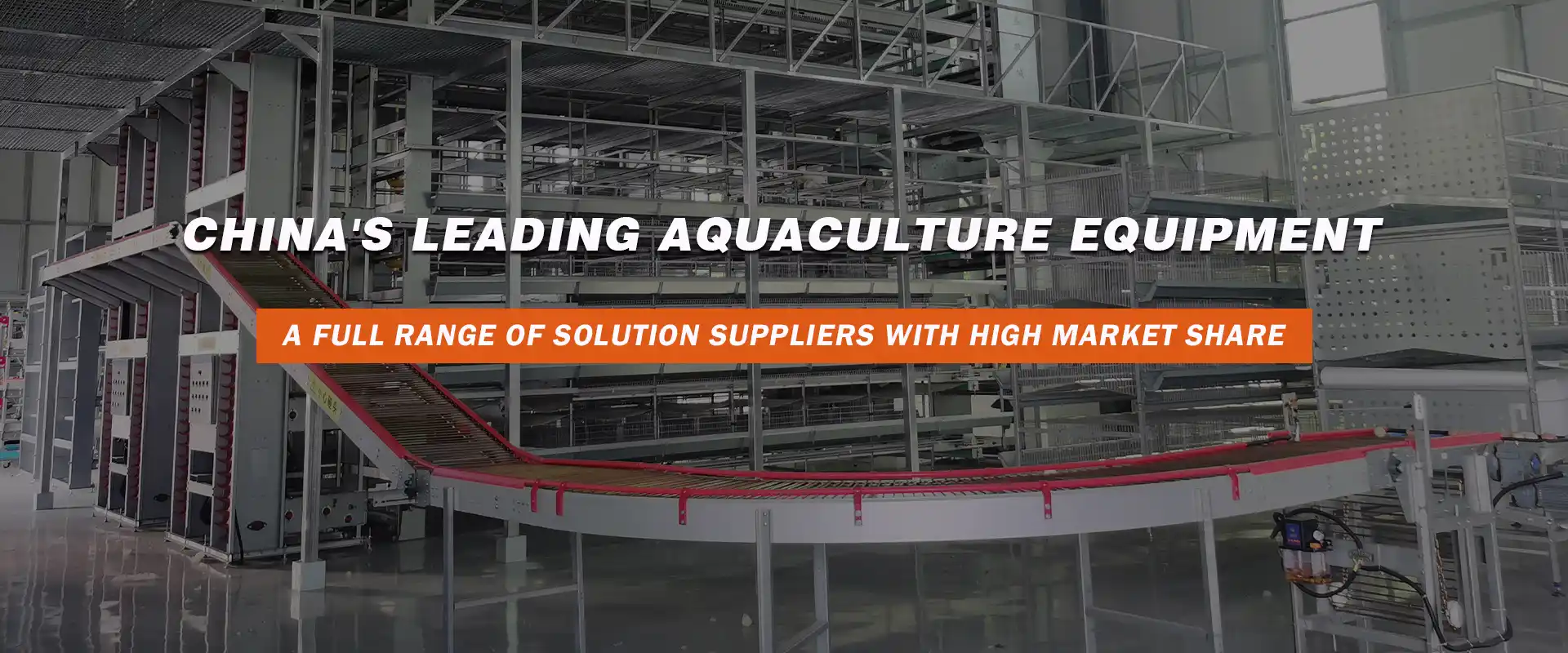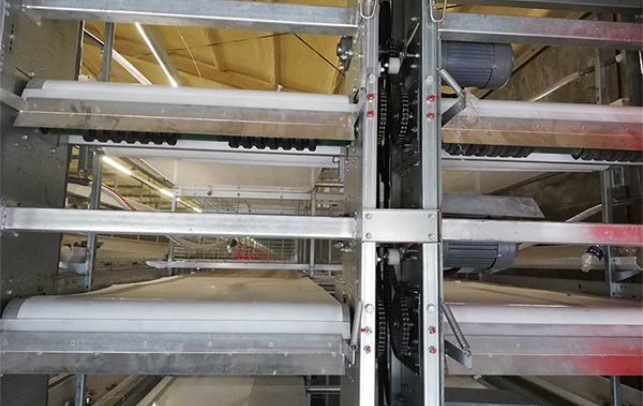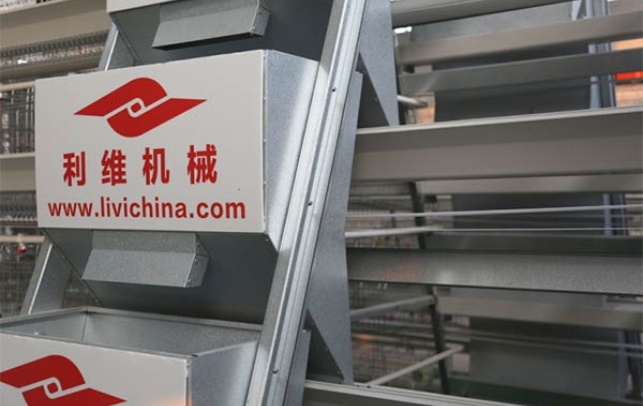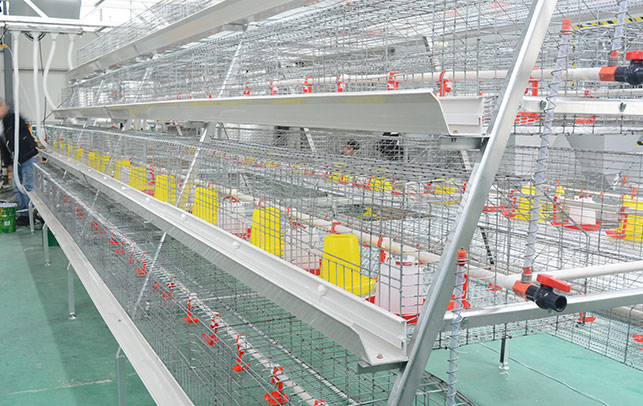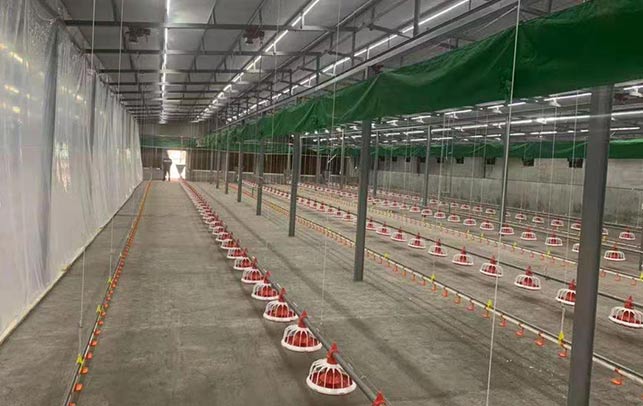20000 Egg Production Cage System: A Comprehensive Guide
Time : 2025-03-26
The 20000 egg production cage system is a sophisticated and efficient method used in the poultry industry for commercial egg production. This article aims to provide an in-depth overview of the system, its components, benefits, and how it enhances egg production. By the end of this article, readers will have a comprehensive understanding of the 20000 egg production cage system and its importance in the modern poultry industry.
Introduction to the 20000 Egg Production Cage System
The 20000 egg production cage system is designed for high-density egg production, with the capacity to accommodate up to 20,000 laying hens. This system is widely used in commercial poultry farms due to its efficiency, ease of management, and cost-effectiveness. The system is typically made up of several components, including the cage itself, feeding systems, watering systems, lighting, and ventilation.
Components of the 20000 Egg Production Cage System
Cages
The cages in the 20000 egg production system are designed to provide a comfortable and hygienic environment for the laying hens. Each cage is typically equipped with a nesting box for egg laying, feeders, and waterers. The cages are made of high-quality steel, ensuring durability and resistance to corrosion. The dimensions of the cages are carefully designed to provide ample space for the hens to move around comfortably.
Feeding Systems
Feeding systems are an essential component of the 20000 egg production cage system. These systems ensure that the hens have access to a balanced diet, which is crucial for their health and egg production. Modern feeding systems are automated and can be programmed to deliver feed at specific times, which helps in managing the hens’ diet efficiently.
Watering Systems
Watering systems are equally important as feeding systems in the 20000 egg production cage system. Fresh water is essential for the hens’ health and egg production. The watering systems are designed to provide clean and uncontaminated water to the hens at all times. These systems are also automated, ensuring that the water supply is consistent and uninterrupted.
Lighting and Ventilation
Lighting and ventilation are critical in the 20000 egg production cage system. Proper lighting helps regulate the hens’ laying cycle, while adequate ventilation ensures that the hens are comfortable and healthy. The system is equipped with automated lighting and ventilation systems that can be adjusted according to the hens’ needs.
Benefits of the 20000 Egg Production Cage System
Efficiency
The 20000 egg production cage system is designed for high-density egg production, which means it can produce a large number of eggs in a small space. This efficiency translates to lower costs per egg, making it an attractive option for commercial poultry farms.
Ease of Management
The automated systems in the 20000 egg production cage system make it easy to manage the hens. The automated feeding, watering, lighting, and ventilation systems reduce the need for manual labor, allowing farm managers to focus on other important tasks.
Health and Hygiene
The cage system provides a clean and hygienic environment for the laying hens, reducing the risk of disease outbreaks. The system also makes it easier to monitor the hens’ health and take necessary precautions to maintain their well-being.
Cost-effectiveness
The 20000 egg production cage system is cost-effective in the long run. While the initial investment may be high, the system’s efficiency and longevity make it a worthwhile investment for commercial poultry farms.
Conclusion
The 20000 egg production cage system is a crucial component of the modern poultry industry. Its efficiency, ease of management, and cost-effectiveness make it an attractive option for commercial poultry farms. By understanding the components and benefits of the system, farm managers can make informed decisions to improve their egg production operations.




